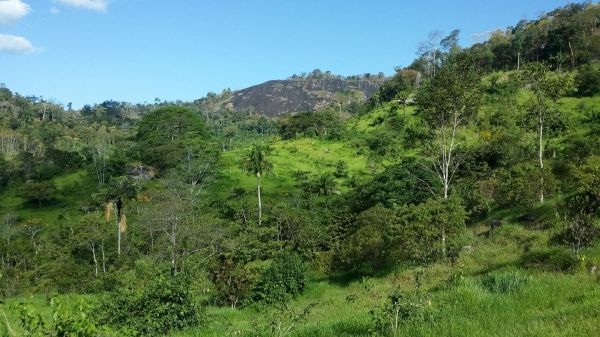Secondary forests play an important part in carbon capture because they tend to absorb a larger amount of carbon than they lose to the atmosphere.
Secondary forests play an important part in carbon capture because they tend to absorb a larger amount of carbon than they lose to the atmosphere. However, the size and average age of these often abandoned areas where vegetation grows back were unknown until now. In a study recently published in the journal Scientific Data, a group led by two researchers at Brazil’s National Institute for Space Research (INPE) quantified these variables and found that the estimated carbon uptake by secondary forests throughout Brazil offset 12% of the carbon emissions due to deforestation in the Brazilian Amazon alone in a 33-year period.
The study was supported by FAPESP via two projects. The first project began in 2017 and is led by Luciana Vanni Gatti. The second began in 2019 and is led by Luiz Eduardo Oliveira e Cruz de Aragão.
“The capacity of secondary forests to absorb carbon is known from studies that involve monitoring of areas in the field. Their average net carbon uptake rate in Neotropical regions is 11 times that of old-growth forests. However, the long-term dynamics of secondary forests in Brazil and worldwide is poorly understood,” said Aragão, one of the authors of the study, which was conducted at INPE as part of Celso H. L Silva Júnior’s PhD research.
This knowledge is fundamental to enable Brazil to achieve its Nationally Determined Contribution targets under the 2015 Paris Agreement. These include the restoration and reforestation of 12 million hectares of forest by 2030, he noted.
Read more at Fundação de Amparo à Pesquisa do Estado de São Paulo
Image: A study quantified the size and age of the forests that grow naturally in degraded and abandoned areas, creating 131 benchmark maps for Brazil. The Amazon has the most restored forests and the Atlantic Rainforest biome has the oldest. (Credit: Tropical Ecosystems and Environmental Sciences Laboratory - INPE)




